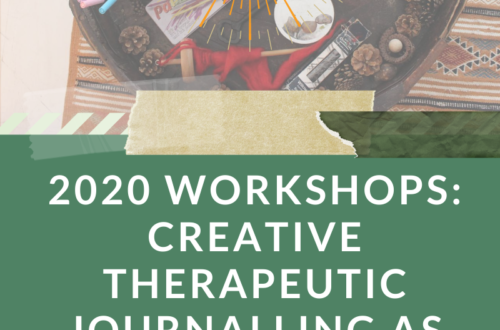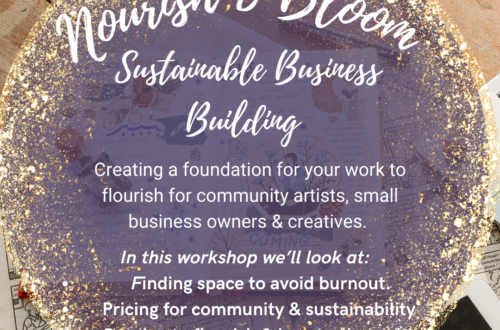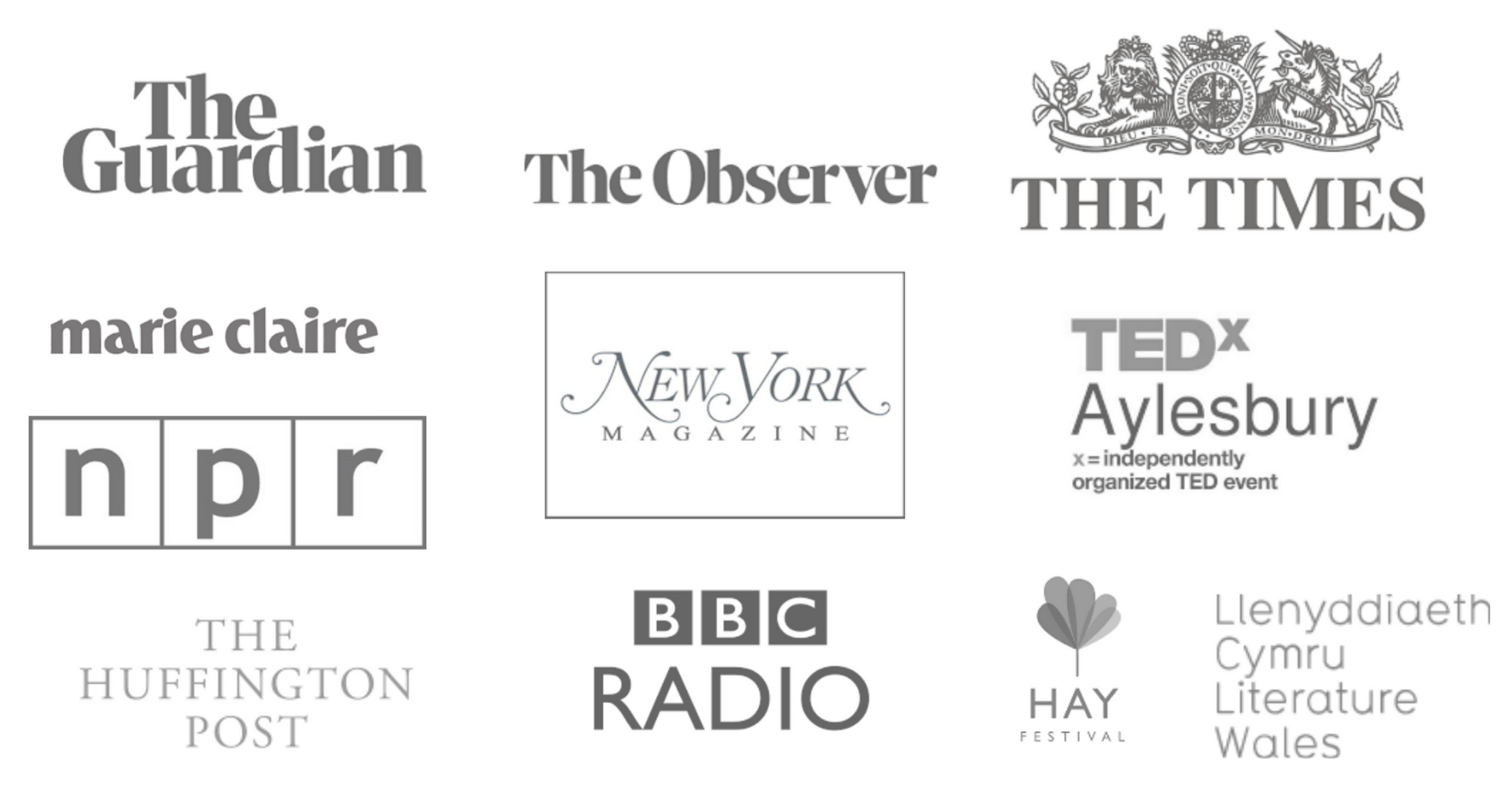Releasing Perfection in Healing
 It was winter when my doctors told me that the pain, exhaustion, cognitive dysfunction and muscle weakness I was experiencing were permanent. They said, “no cure” and left me to my own devices, along with a shiny black wheelchair and a packet of painkillers. I was 19 years old.
It was winter when my doctors told me that the pain, exhaustion, cognitive dysfunction and muscle weakness I was experiencing were permanent. They said, “no cure” and left me to my own devices, along with a shiny black wheelchair and a packet of painkillers. I was 19 years old.
There was a time I didn’t push to be well. I didn’t want to focus on “getting better”, because what was better, really? When does one know when they have arrived? After being told, definitively, that there was no cure, chasing after “getting better” seemed foolhardy. Too hard. Pointless.
It’s so easy to put things off; we say we will buy a house, will lose the weight, will live our dreams, will travel to Italy, will learn a language. We will. Someday. Later. We defer. We say, “I’ll do that when I’m feeling better”. The inherent risk for me was: what if I put my energy into “getting better”…..and then “better” never comes? Will my efforts have been wasted? Will I look back at the end of it all and realise that, though I never achieved that elusive, unquantifiable “better”, I’d still spent – and wasted – precious time fiercely seeking it out?
There came a pivotal point when I took a stand.
I decided it wasn’t foolhardy, or absurd or inconsequential for me to enthusiastically go after my healing.
I refused to postpone my life in deference to my health.
But just as there is a maelstrom in the world of diagnosis, so too is there a different sort of chaos that can come in the healing realm. Healing can take over our lives. It’s something we desperately want; others achieve it, often so seemingly easily, but just as often, without qualifiable explanations that can be replicated. So on we fly, with the green juice and the enemas and the increasingly ‘out-there’ therapies, pursuing our own miracle.
I’ve written about healing the incurable. It’s heady stuff. But how do we, in turn, grant our healing process the power to fuel our lives, and not bend our existence solely to accommodate the demands of our healing?
What fuels busy, frantic healing? How does something so beautiful – living well, nourishing our bodies – tip over into perfectionism and something akin to self-punishment?
It is part and parcel of the nature of illness and our attitudes towards it: Action feels empowering. Doing. Fighting the illness, drinking fresh juice, exercising, taking pills. In some way, effectively or otherwise, we are actively dealing with the problem, and that feels powerful.
Keeping busy and healing are often socially sanctioned; there’s a perception that “doing” is, in essence, akin to consciously avoiding the inactivity of being ill. We aren’t lazy, we are busy trying. We’re not defeated – look, see? We are working on things.
Disability and illness can seem scary, messy, different. People with illnesses are supported in wanting to heal – but it’s subjective: Who can say four limbs are best? That walking upright is the goal? So often, support is offered with the underlying assumptions that “help” or “healing” are universally defined. That the end game is always, “cured” or “normal” or a return to life pre-diagnosis. It’s crucial to acknowledge and examine our own fear and prejudices about what truly constitutes “health” and “illness” before trying to help, thus avoiding the trap of trying to “clean up” all of the messiness, oddness or “brokenness” of people. Sometimes, just moving forward is enough. Being “different” may always be a part of the equation. And different… well, different is not synonymous with “bad” or incomplete.
Illness, disability and health challenges can take over our lives with appointments, therapists, tests. Wanting to heal and filling your non-clinical time with alternative modalities can be gratifying. Seeking out healing can also productively fill the spaces left by things commonly lost through illness: friends who drift or hobbies one is no longer able to engage in as before.
Guilt can be a large factor, especially in the alternative healing and wellness worlds. The blogs, the books, the quizzical looks; “Why aren’t you better?”, “What are you doing wrong?”, “Was it something you did in a past life?”, “What haven’t you released?”, “Are you secretly eating donuts and sabotaging your own healing?” Of course, there are always things we can adjust; a diet that needs to change, a lifestyle shift that will boost our health – maybe even some issues to work out and let go. But blame is never the answer. And being on the receiving end – while trying to affect life change – can be deeply hurtful and fill us with doubt.
Throw out the doubt.
[Click to tweet] And let’s accept it now: we will never be perfect. There. It’s been said. It’s out there. We. Will. Never. Be. Perfect. And who wants to be? Perfect is rigid, boring, paper-thin and colourless.
People break themselves struggling for perfection. There is the unwritten expectation that when one is “perfectly healthy”, they will live happily, fully. An unacknowledged fear of mortality can drive us to strive for unattainable (and ridiculous!) perfection.
Being 100% raw will not let you live forever. Being a good person, giving charitably, good oral hygiene and lending a hand in your community… no matter what you do, how “good” a life you lead, terrifyingly, bad things still happen.
So what can we do? How do we manage the guilt, fear and social expectations pulling us in different directions? We flip the script. We change the focus: We work on developing, nurturing and exploring what’s inside, rather than perfecting the physical. What truly holds you up in both the brilliant and awful times: your trust. Faith. Intuition. Practices. Understanding. Real, deep relationships.
We practice releasing perfectionism.
When I was diagnosed, I was desperate for a cure. I searched and searched. The 4am Google searches were epic, clicking page after page (after page after page!)… what if the next one held the secret? What if? What if? I tried every healing modality there was. And when none of them worked, I dove into a sea of denial like there was treasure at the bottom.
But that didn’t do the trick either. My husband and I began actively looking to the people around us to see how they coped with debilitating illness. Many of them simply re-shaped themselves around their sickness. They quickly gave up what they couldn’t do and carried on – perhaps feeling emptier inside for having lost, what they felt, were integral aspects of what defined them – but accepting that, and moving on nonetheless. I tried that for a while. But it never fully meshed with me, or my personality. I couldn’t sacrifice who I was, just to move forward.
I decided I could keep being me, imperfectly perfect me, with all of the quirks and love and life, and move forward at the same time. I would take an active role and find a way.
Guess what? I did it. And it wasn’t nearly so impossible as you might think.
I started small. Case in point: I wouldn’t wear a blanket over my legs in the wheelchair (far too unstylish!) Solution? I crusaded for attractive accessibility equipment (which came to be) and soon, with the fire lit, I began truly forging my healing path.
I quit seeing myself as ‘just a sick chick’ and made the conscious decision to turn Trail Blazer. That moment was one of profound acceptance. Allowing the realisation to sink deep into my (healing!) bones:
[Click to tweet] I am enough. Right now. Today, exactly as I am.
I unpacked my own prejudices and avoidance and began to build my practice of living. Not as an ill statistic, but as a Trail Blazer: a healing, powerful woman with a whole lot to offer the world.
How do we allow healing to fuel our lives? It starts with you.
Begin with what you like. It may be difficult to uncover it from under your pain and the demands of others. It may have changed since you were diagnosed, or last took stock. You are not the same person you were. And that’s ok. You’ve been through the phoenix fire of diagnosis, life crisis, grief or ageing. You have come through it, and that is a great place to start.
When we experience a trauma or life-shift it can feel like our lives are burning up around us, like everything we knew and relied on is turning to ash. In the Trail Blazers’ movement, we learn to become the phoenixes, even more burnished and beautiful than we were before our struggles.
To become that phoenix, to rise up anew, you must begin. Start by noticing what you enjoy. Steaming baths? Radio comedy? A new pencil case? Singing with abandon? Drinking green juice? We pay attention to what makes us feel strong. And paying attention, planning from this acute place of awareness, makes a significant, positive impact in our ability to course correct and plot out our (healthy!) future.
You don’t have to live inside an unquestioned cage of perfection. Make that cognisant shift to unlock the door. And then, do it. With enthusiasm. With hope.
Start there and know, your Trailblazing journey has begun.
First published in Funky Raw Magazine. Photo courtesy of MarioDesign.





